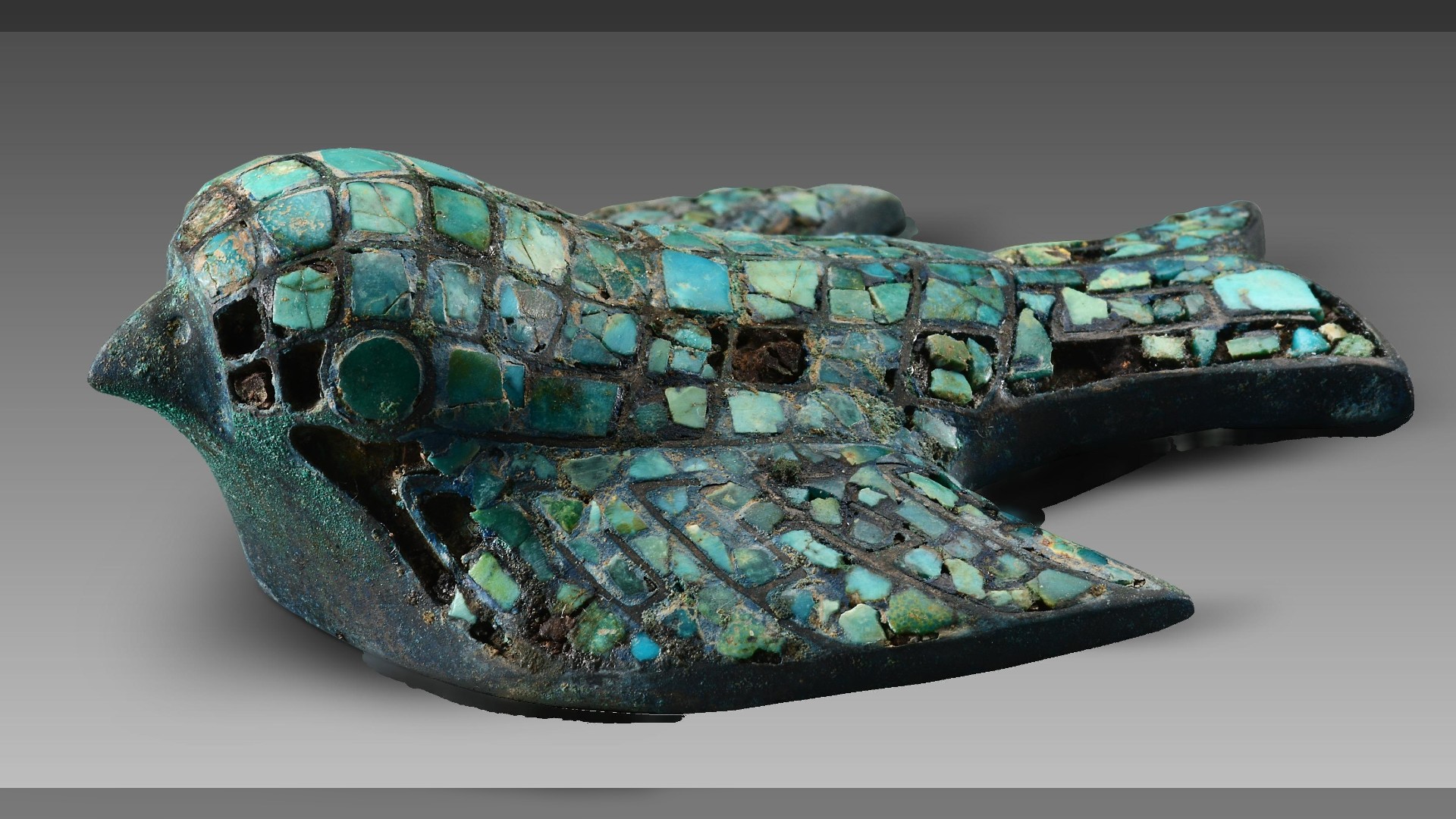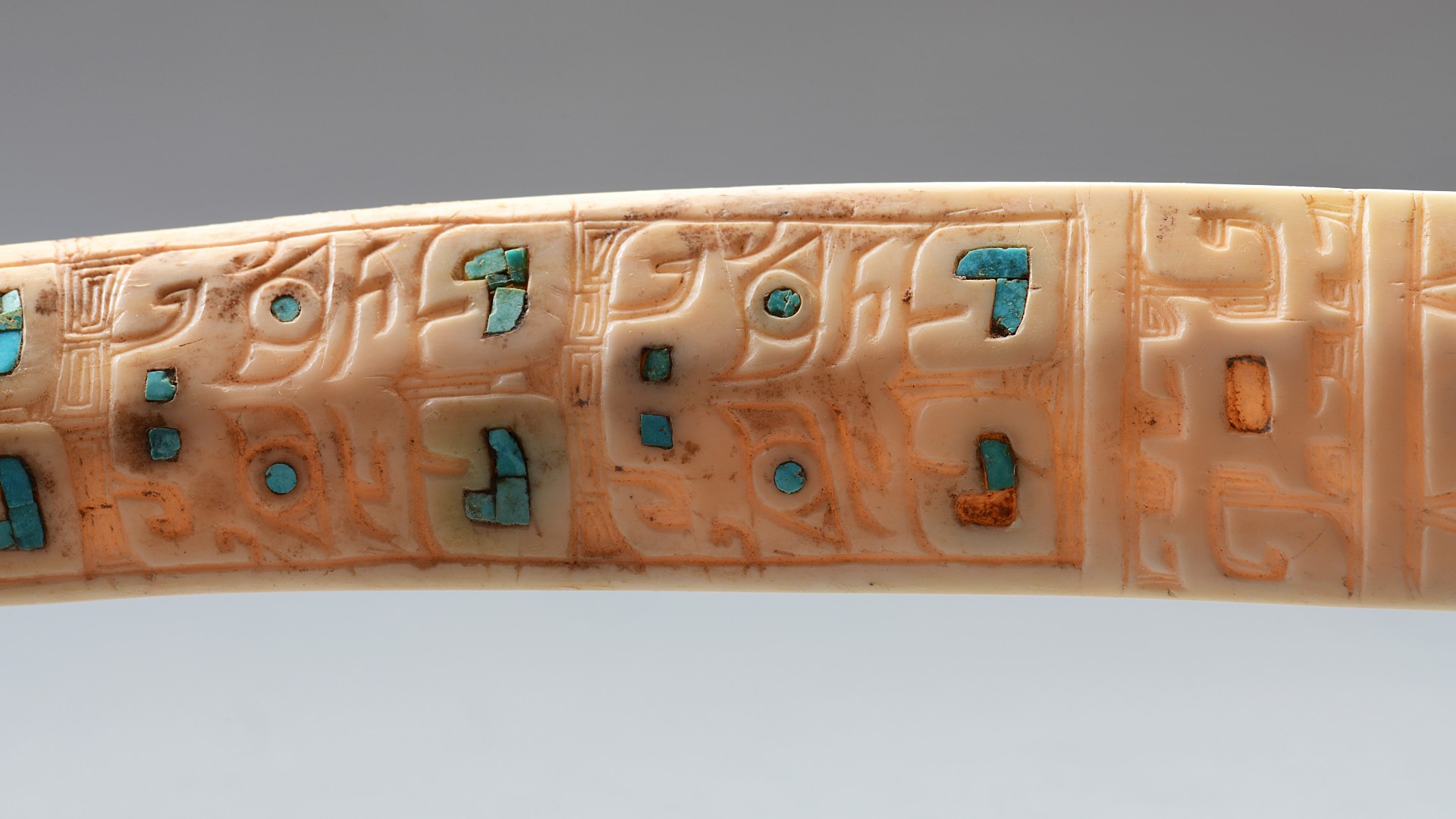Complete Bronze Age town with elite tombs discovered in northern China
The site is one of the largest ever discovered dating from China's early Shang Dynasty.
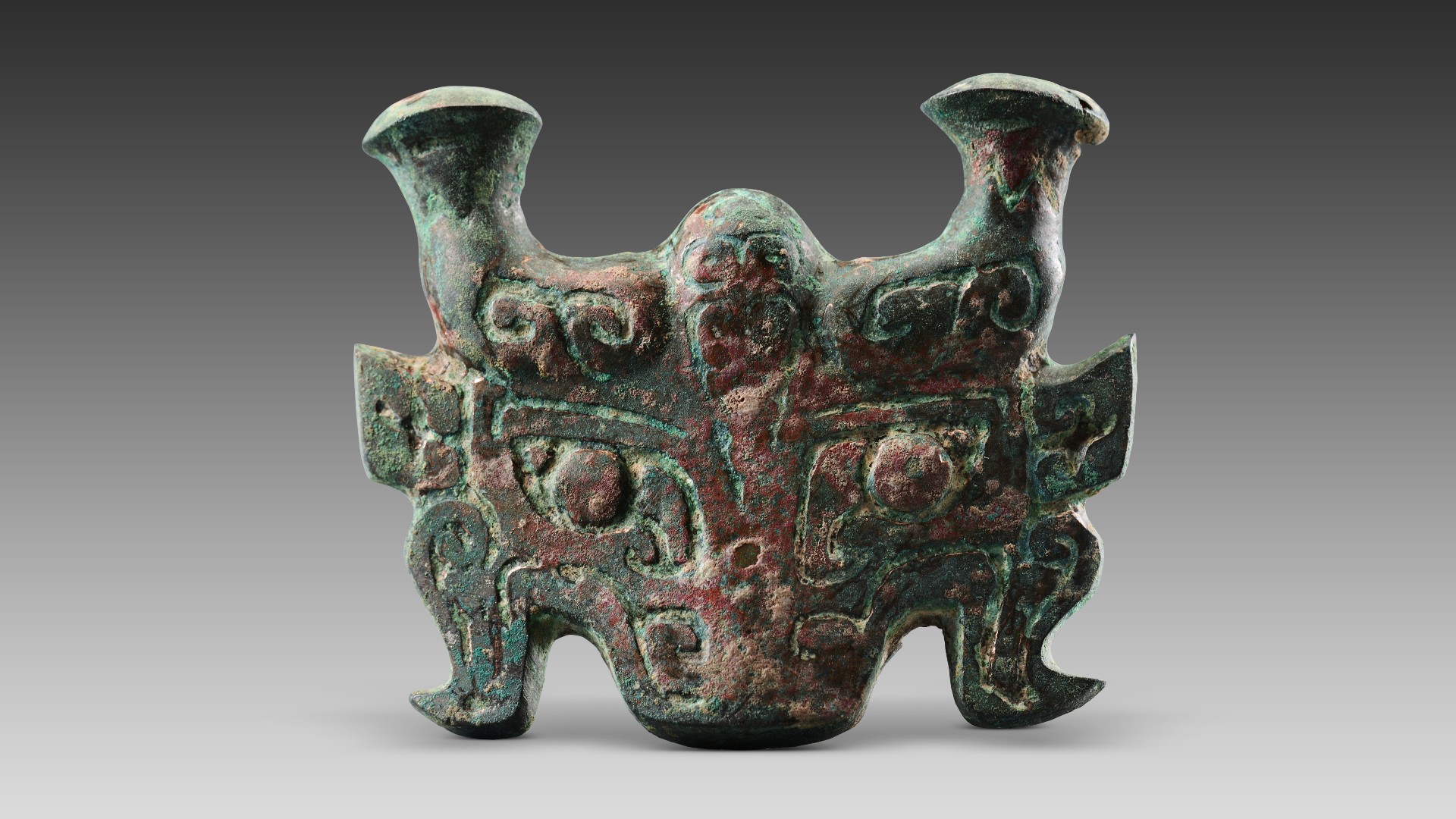
The mysterious origins of ancient bronzeware found in a part of northern China may have been uncovered, with the discovery of the ruins of a complete Bronze Age town in the area.
Archaeologists have now recovered hundreds of astonishing artifacts — including bronze drinking vessels, painted pottery, ornaments inlaid with turquoise and carved pieces of jade — at the vast Zhaigou archaeological site, about 70 miles (110 kilometers) south of the modern city of Yulin in Shaanxi province.
The relics, dating from more than 3,000 years ago, were made during the Shang Dynasty, which ruled northern China from about 1600 B.C. to 1046 B.C.
Archaeologists described the find at a news conference in Beijing by China's National Cultural Heritage Administration.
Experts said that local people had been unearthing ancient artifacts on their farmland since the 1940s, but their origins were unknown. Now, the discovery of the entire Bronze Age settlement at the Zhaigou site, spread over 11 hills and covering more than 1.2 square miles (3 square kilometers), explains their history, the archaeologists said.
"All of the basic elements of a central settlement have been discovered at the site," Xu Lianggao, a researcher with China's Institute of Archaeology, told the state-owned newspaper China Daily. "We found some tombs and large-scale structures in this area in the past, but this time the complete face of a settlement has been unveiled."
Ancient settlement
Shaanxi along with neighboring Henan and Shanxi, make up the so-called "cradle" of ancient Chinese civilization in the Yellow River basin; and the Shang Dynasty is the earliest for which there is archaeological evidence, although the Xia Dynasty is said to have preceded it between 2070 B.C. and 1600 B.C.
Get the world’s most fascinating discoveries delivered straight to your inbox.
A total of 13 ancient Chinese dynasties had their capitals in Shaanxi over more than 1,000 years, explaining why the modern province has been a source of many major archaeological finds.
Excavations at the Zhaigou archaeological site started in June 2022, and the ancient town is now recognized as the largest in the region, with some of the wealthiest tombs yet discovered, according to reports of the news conference.
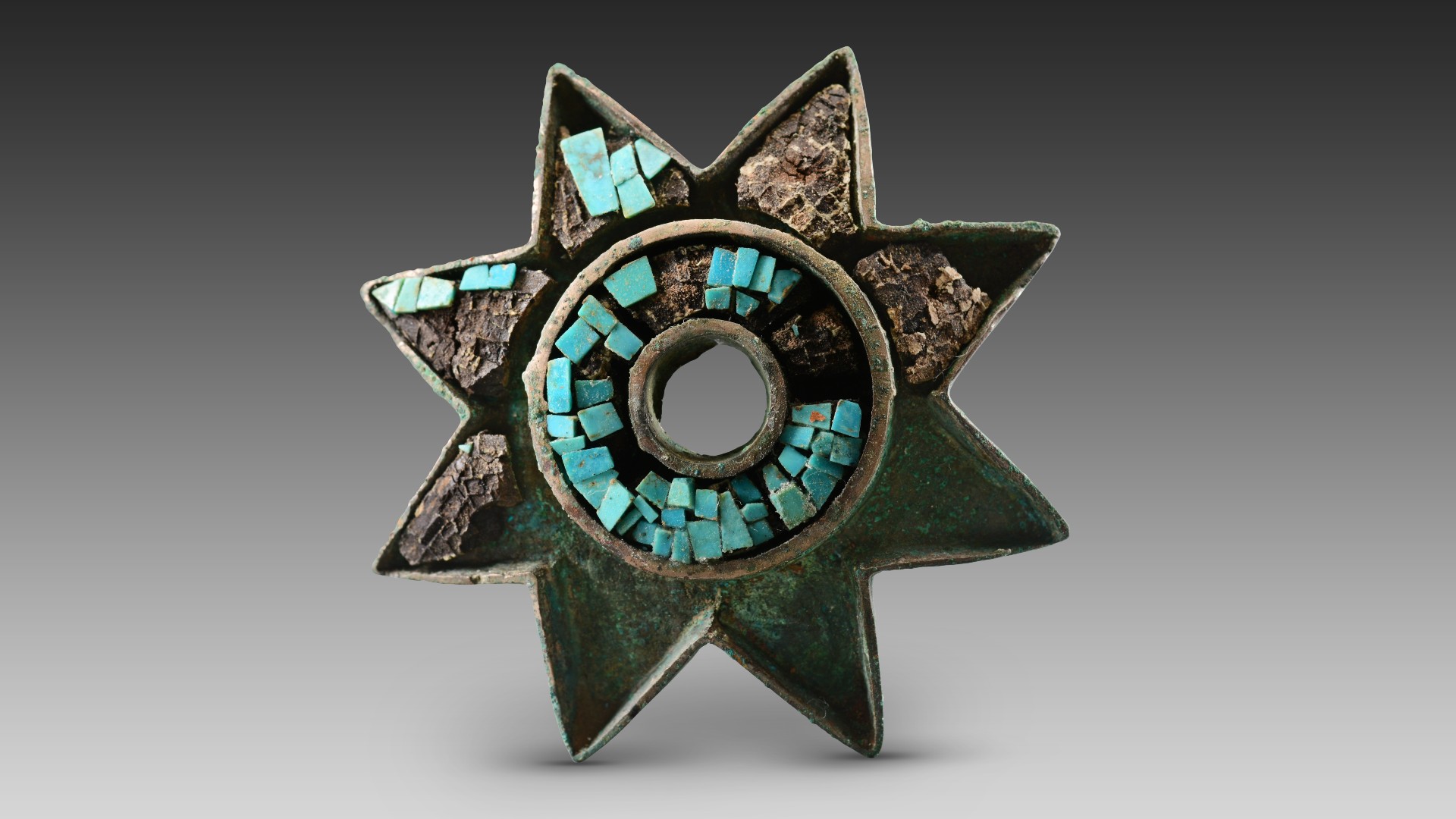
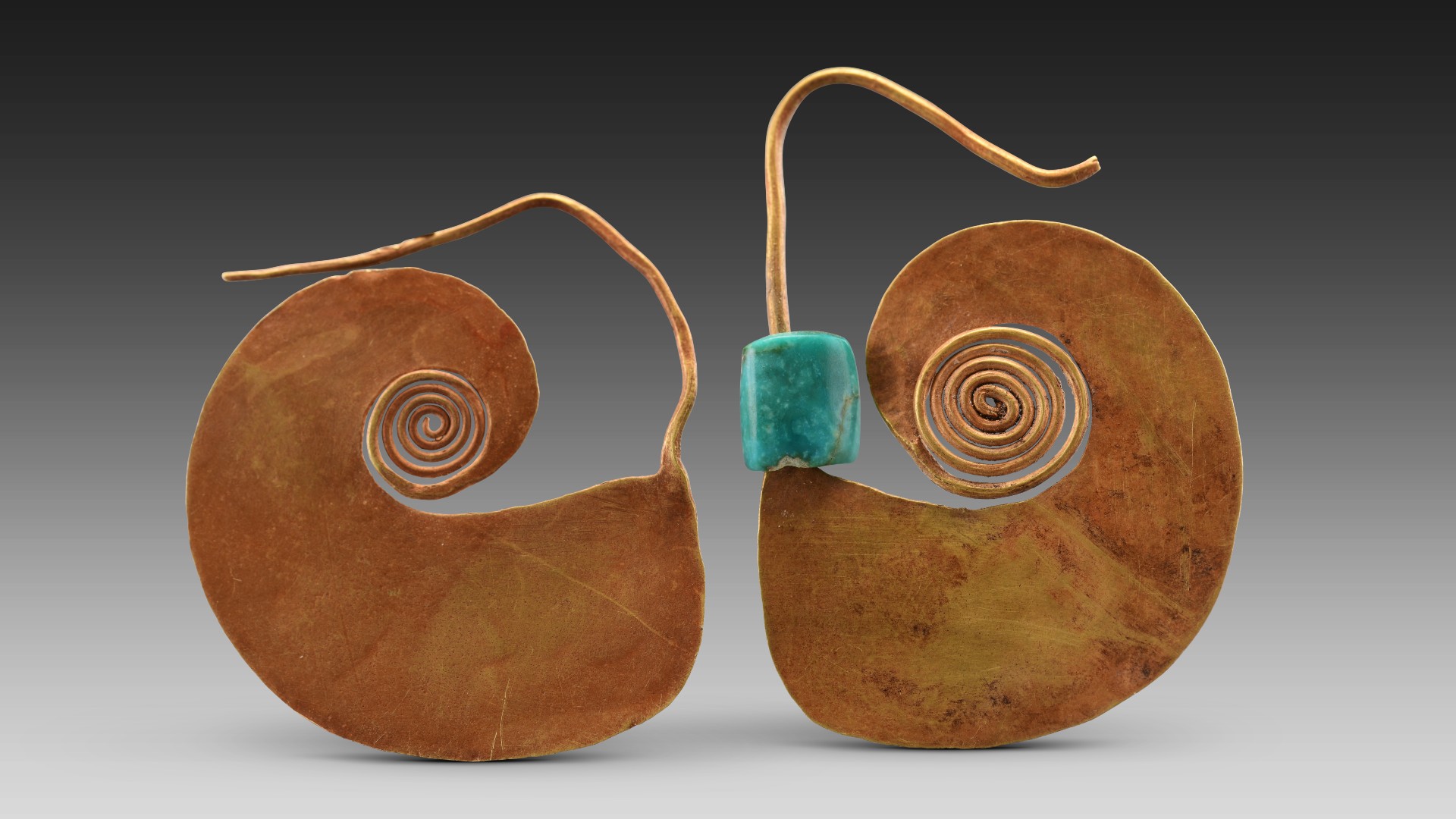
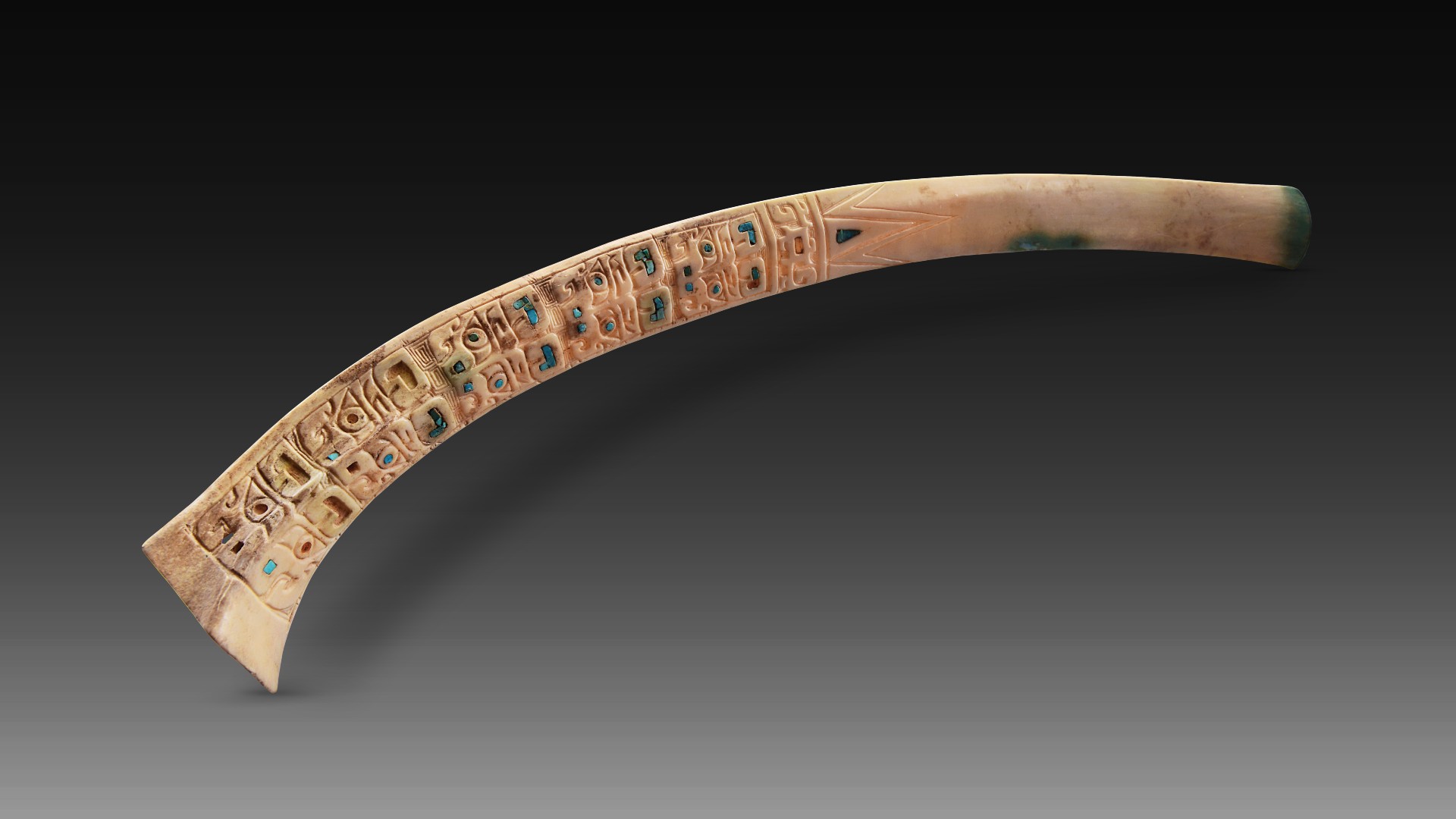

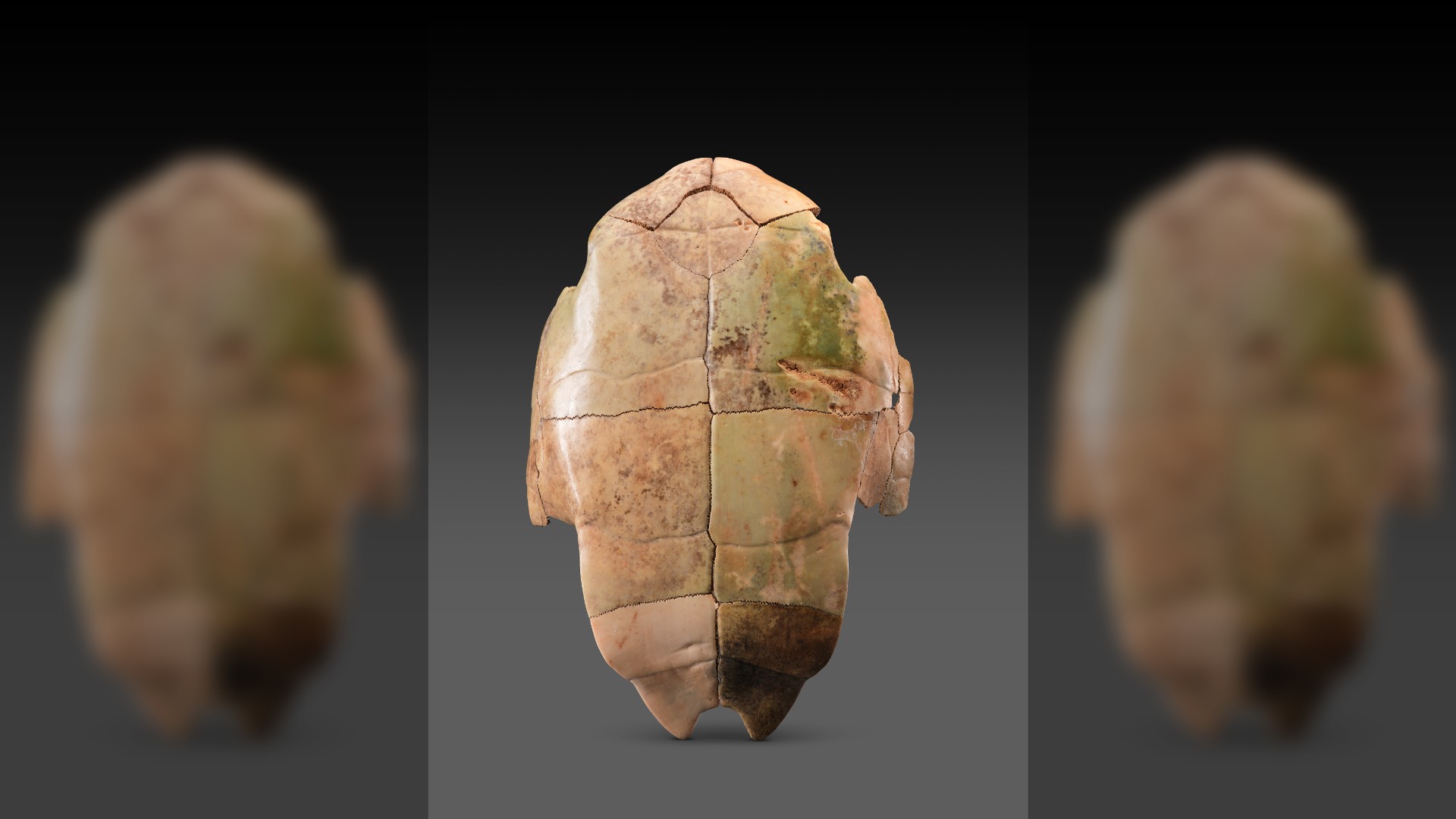
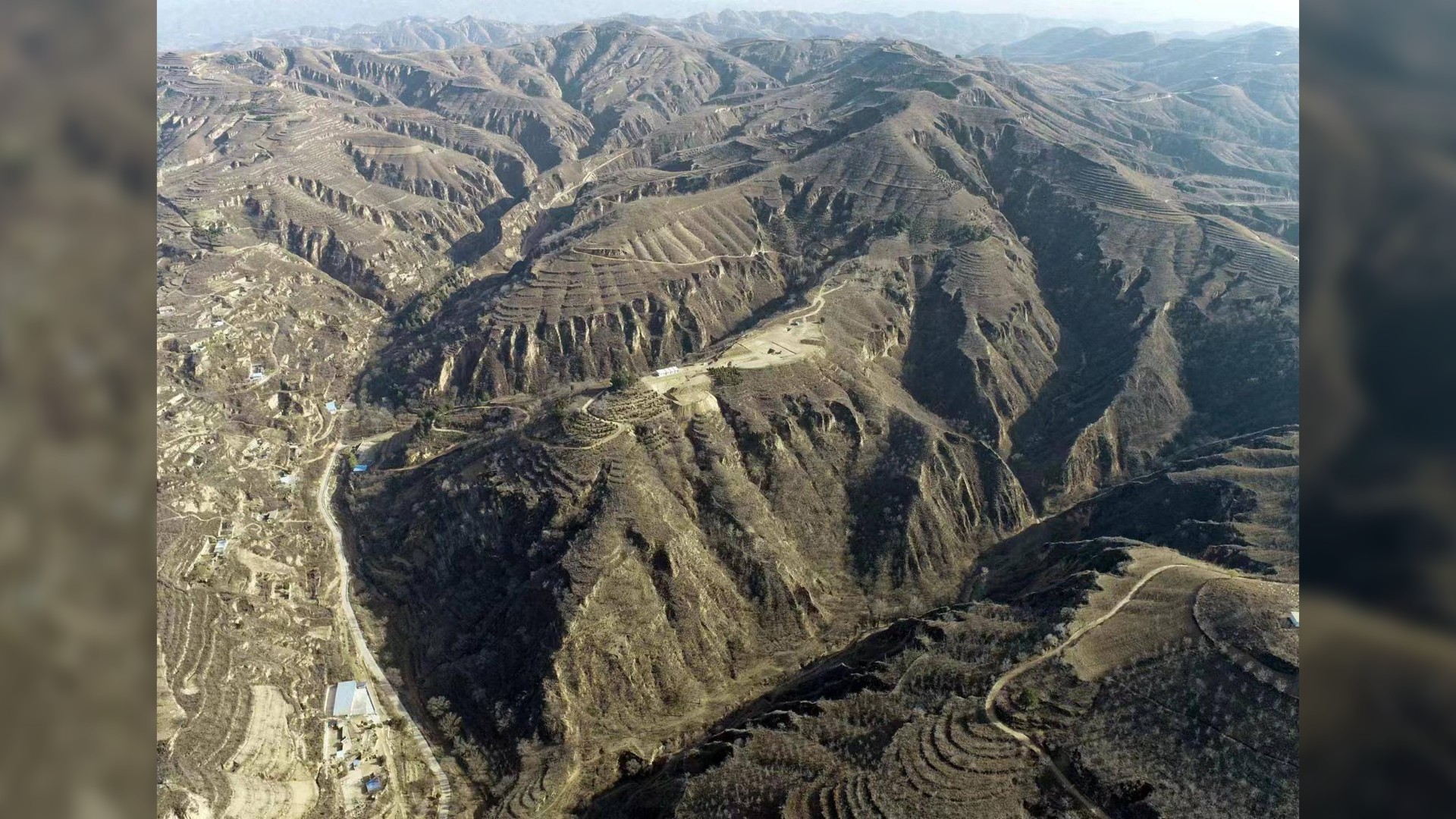
Archaeologists have already found nine aristocratic tombs at Zhaigou, of which seven are rectangular tombs with passages, indicating they belonged to local leaders, Sun Zhanwei, a researcher at the Shaanxi Academy of Archaeology, told China Daily.
"Tomb passages symbolize a high social status," he said. "In this hierarchy, those without a high status could not have a tomb passage."
The Bronze Age town's center was made with rammed-earth, a building technique in which a mix of damp soil is compacted inside a mold or framework. Buildings with different functions have also been discovered there, including artisan workshops and pottery kilns.
According to the Chinese state-owned television channel CGTN, archaeologists at Zhaigou have also unearthed several bronze pieces of horse chariots and the remains of horses, which will be "crucial evidence for exploring the emergence of chariots in China and the development of chariot burial customs."
Archaeologists have now unearthed more than 200 items from tombs there, such as lacquerware, that are similar to those found at other Shang dynasty sites.
Experts at the news conference said that the ruins at Zhaigou may have once been the capital of a separate state that had been conquered by the Shang, who were based in the city of Yinxu in Henan, and thereafter paid tribute to them.
Tom Metcalfe is a freelance journalist and regular Live Science contributor who is based in London in the United Kingdom. Tom writes mainly about science, space, archaeology, the Earth and the oceans. He has also written for the BBC, NBC News, National Geographic, Scientific American, Air & Space, and many others.


